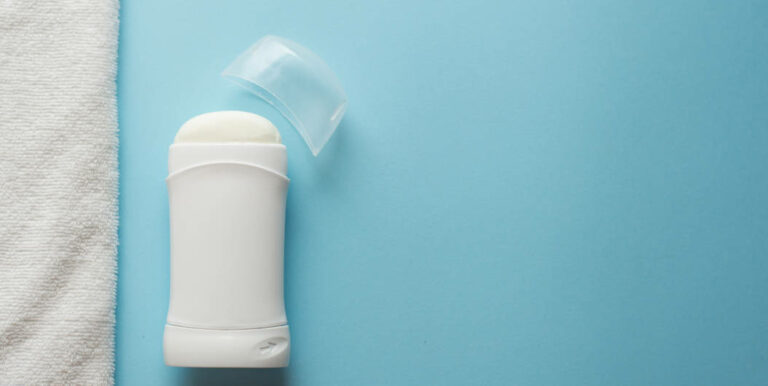Understanding Hyperhidrosis Treatments: A Closer Look at BOTOX’s Role
Hyperhidrosis, characterized by excessive sweating, may significantly impact an individual’s quality of life, leading to discomfort and social anxiety. While there are several treatments available, one option for primary axillary hyperhidrosis (or excessive underarm sweat) that has garnered attention over the years is Botox (Botulinum toxin), which is a neuromodulator. Here we explain the similarities and differences between the neuromodulator and miraDry.
How Does Botox Work for Hyperhidrosis?
Botox, a neuromodulator best known for its cosmetic applications, is also FDA approved for severe primary axillary hyperhidrosis. It works by temporarily blocking the chemical signals from the nerves that stimulate the sweat glands. When the sweat glands don’t receive the chemical signals, the severe sweating stops. Individuals with hyperhidrosis have overactive nerves signaling their sweat glands.
Who is a Candidate for Botox Treatment?
Candidates for Botox treatment for axillary hyperhidrosis are individuals who may have not responded well to topical treatments such as clinical-strength antiperspirants. Before considering Botox, patients may undergo a physician evaluation to confirm the diagnosis of severe primary axillary hyperhidrosis and ensure there are no underlying conditions contributing to excessive sweating. Ideal candidates are in good general health and have realistic expectations about the results of the treatment.
Pros of Botox for Hyperhidrosis
- Effective Relief: Botox has been FDA approved to temporarily reduce excessive sweating in the underarms.
- Quick Procedure: The treatment itself is relatively quick, usually taking about 30 minutes, and is performed in an outpatient setting.
- Minimal Downtime: Most patients may resume normal activities immediately after the procedure, with little to no downtime required.
Cons of Botox for Hyperhidrosis
- Temporary Solution: The effects of Botox are temporary, and repeat sessions are needed to maintain sweat reduction.
- Potential Side Effects: While generally safe, Botox may cause side effects such as pain, bruising, or swelling at the injection site.
- Cost: The cost of Botox treatments for primary axillary hyperhidrosis may be high, considering the need for ongoing treatments and variance in insurance coverage.
Making the Decision
Before deciding, it’s beneficial to compare Botox to other notable treatments for axillary hyperhidrosis such as miraDry. miraDry is a non-surgical procedure that uses thermal energy to permanently destroy sweat glands in the underarm area.
Botox vs. miraDry
Effectiveness: Both treatments are effective in reducing underarm sweat. FDA approved for severe primary axillary hyperhidrosis; Botox temporarily blocks the nerve signals that cause sweating. While miraDry permanently eliminates sweat glands and is FDA cleared for reduction in underarm sweat, odor and hair.
Duration: Botox offers temporary relief from hyperhidrosis, typically lasting from 4 to 6 months, requiring repeated treatments. In contrast, miraDry provides long lasting results due to permanent elimination of sweat glands, with most patients achieving desired results after one or two treatments for sweat, odor and hair reduction.
Procedure: Botox involves injections, which may be slightly uncomfortable but quick, with little to no downtime. miraDry is a non-surgical treatment which requires local anesthesia, with some patients reporting minimal to moderate discomfort and minimal to no down time.
Cost: Initially, Botox may seem more affordable, but since it requires ongoing treatments, the cost over time can add up. miraDry, on the other hand, may involve a higher upfront cost but is typically a one-time investment due to its long-lasting results.
Safety and Side Effects: Botox may cause temporary side effects such as pain or bruising at the injection site. miraDry may lead to temporary underarm swelling, discomfort, or altered sensation in the skin around the treated area, but these effects subside over time.
Conclusion
Botox presents a viable and effective option for managing primary axillary hyperhidrosis, offering significant relief for those afflicted by excessive sweating. Understanding its benefits and limitations, alongside a comparison with alternatives like miraDry, empowers individuals to make informed choices about their treatment. Consulting with a healthcare provider who specializes in hyperhidrosis treatments may provide personalized advice and ensure that the chosen treatment aligns with the patient’s health, lifestyle, and expectations.
miraDry is a non-surgical, permanent solution to underarm sweat, odor and hair. In three steps, miraDry targets and destroys excessive sweat at its root. If you are interested in learning more or getting treated by miraDry, please visit our provider locator page to find a location near you! https://providers.miradry.com/
Disclaimer: The information included in this blog is for educational purposes only and is not intended to be a substitute for medical treatment by a healthcare professional.
References:
International Hyperhidrosis Society (2001, August 24). Home – International Hyperhidrosis Society | Official Site. https://www.sweathelp.org/
Osborn, C. O. (2022, March 23). Everything you need to know about Botox for sweating. Healthline. https://www.healthline.com/health/botox-for-sweating#pros-and-cons
BOTOX® and its design are registered trademarks of Allergan, Inc., an AbbVie company. All other trademarks are the property of their respective owners. © 2024 AbbVie. All rights reserved.










